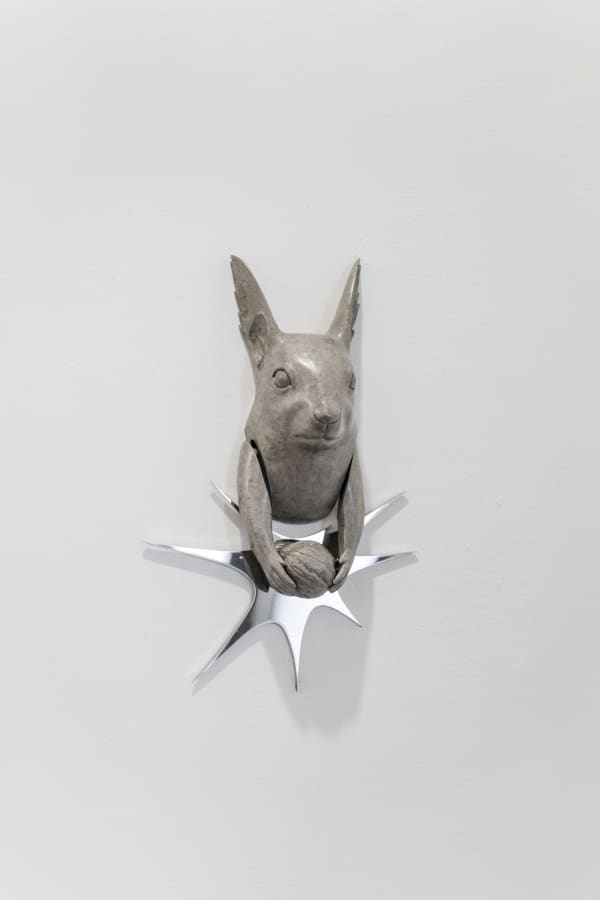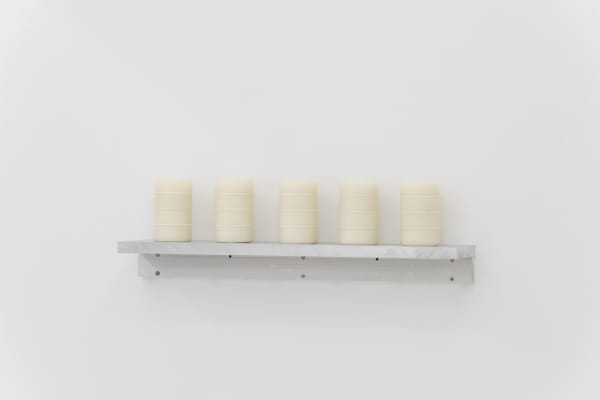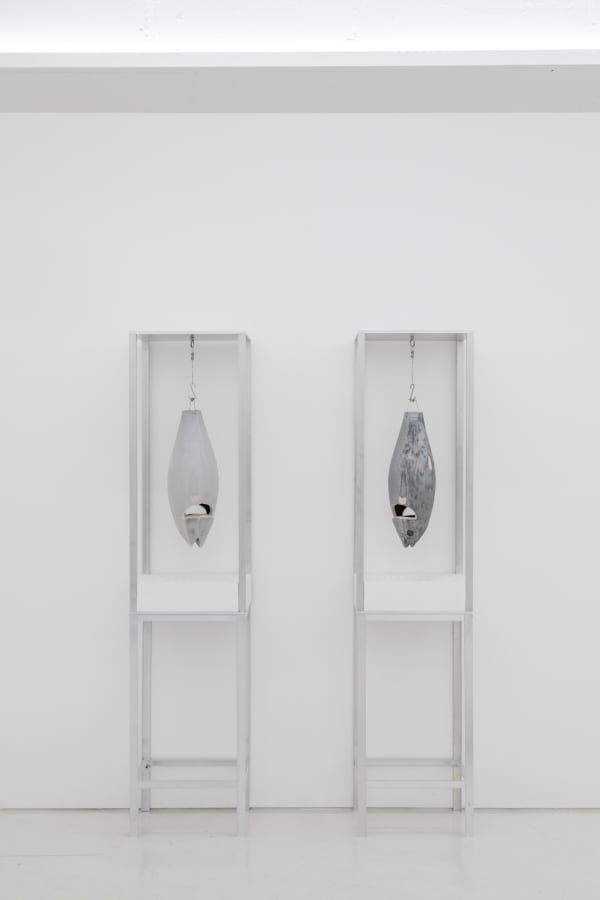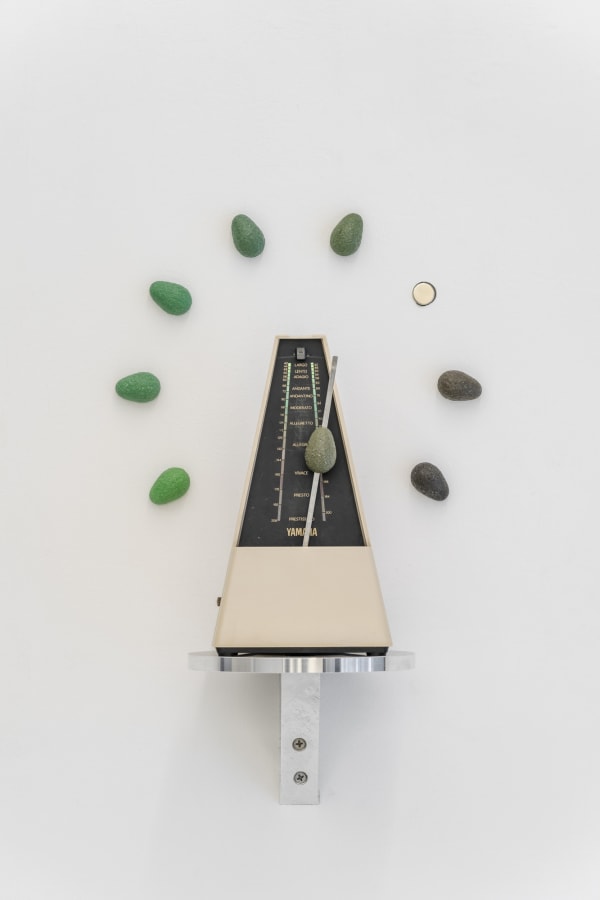Lee Ue Sung : Long Trip
Chapter II is pleased to announce Long Trip, a solo exhibition of Lee Ue Sung, from 20th April to 3rd June 2023 in Yeonnam-dong, Seoul. Lee has paid in-depth attention to how every individual’s life has connected with the intricate social structure through ‘labour’ and how art can address critical questions about the system or suggest alternatives. The undeniable influence of Dadaism on his practice embodied in non-conventional materials and his unique installing style effectively convey his main interests in a witty manner. This exhibition shows his new outcomes produced during the Chapter II Residency in 2021-2022.
Lee Ue Sung (b.1982) received a BFA in Fine Art Education from Inha University and an MFA in Fine Art from the Glasgow School of Art. He held solo exhibitions at Project Space Sarubia (2019) and Insa Art Space (2017). He attended group exhibitions at multiple establishments, including Topological Space (2022), Chapter II (2022), Gallery Baton (2022), Show and Tell (2021), Jeonbuk Museum of Art (2020), Woomin Art Center (2019) and Songeun Art Space (2018) and, he won the Excellent Prize of the 18th SongEun Art Award.
Artist Statement–‘Long Trip’ (2023) Excerpts
One day, soon as I took a mug from a cupboard, an insect suddenly landed on the rim. I wonder why it crawled towards and examined the inside of the cup for a while, even when it was empty. Besides, my behavior of looking at the inside several times afterwards was as absurd as the bug’s action was. Perhaps, I could have been captivated by the inner concave shape of the mug or the bug’s inexplicable compulsion. Either way, it was not far different from my habit of checking out the empty laundry basket before washing clothes.
The concave features of objects, spaces and nature are likely to contain something. Even dry and flat ground creates puddles when it rains; hence, the physical intervention causes curves absent before the rain. At first, the land absorbs mist through its stoma, and later it reveals the depth that could hold the rainwater. As most fruits or seeds grow inside crusts, the energy replaced into matter either settles or temporarily stays within recess parts. The phenomenon is not irrelevant to the personal anecdote mentioned above; in that example, the route of the bug’s flight was interrupted by the curves additionally made by the empty cup. It was a significant moment when the potential curves (surface) of spaces or objects could decide which courses one moves towards, as if light travelled along with paths bent according to mass (gravity).
When an object becomes a part of a space, it attains authority as a surface of the given place. Little crashes and vibrations of an entrance certainly impact the state of the objects in that space; heat from a radiator and moisture in the air steadily permeate them. Furthermore, the echo that resonated in the vacant space I heard when I first visited before moving in is no longer occurring. This change implies that each object I have placed in this space has repeatedly captured and released invisible energy in and out of its pocket. Since the petty and small items that share the space attract physical force and properties, the surface occupied by these things consequently establishes an uneven landscape crafted by a broad scope of gravitational interactions. The reason why the mundane time the bug spent in the mug was perceived by me as an extraordinarily long pause must have been the different positions that the bug and I took on the ridges of time (the surfaces of objects).
The exhibition Long Trip interprets the relativity of time applied differently to individuals into a journey of matter and energy. Motivated by the bleated realization of the actual time due to the discrepant time flow between inside and outside the studio, it attempts to not only discuss the gap between physical and psychological times influenced by positions and environments but transform it into the crust of accumulated time described in sculptural structures and textures.
In the installation work Long Trip (2023), Lee deals with frozen tuna delivered in polystyrene boxes as its principal motif. Generally, frozen products are cheaper than refrigerated or fresh ones, but one of the exceptions is tuna. Once the tuna is caught far out the sea, its perishable gills and intestines are removed right away, and then it is stored in a minus 60 Celsius freezer for 6 to 12 months until landing. When the tuna, transcending the distance and time, is finally unloaded, it still wears ice coats embracing the several months. Thus, the subzero temperature expands the surface of tuna and postpones the lapse of time; the volume and weight of it turn out to be the solidified figures of the energy consumed for the period in the ocean. Accordingly, the surface stands for the skin of time.
The distance between the defrosted tuna shapes and the internal surface of the installed boxes is a standard indicating the temporal difference between the inside and the outside, as the thicker the tuna’s dimensions are, the larger the container’s square measures get. The depths of the three unfolded polystyrene boxes, exposing their temporal-spatial dimensions in a grid shape, are in proportion to the width of each tuna figure. The degree how much the silicone joints of the grid can stretch out entirely relies on the depth (the scale of gravity); this dynamic in different phases manifests that the internal clock is ticking relatively slower than the external.









